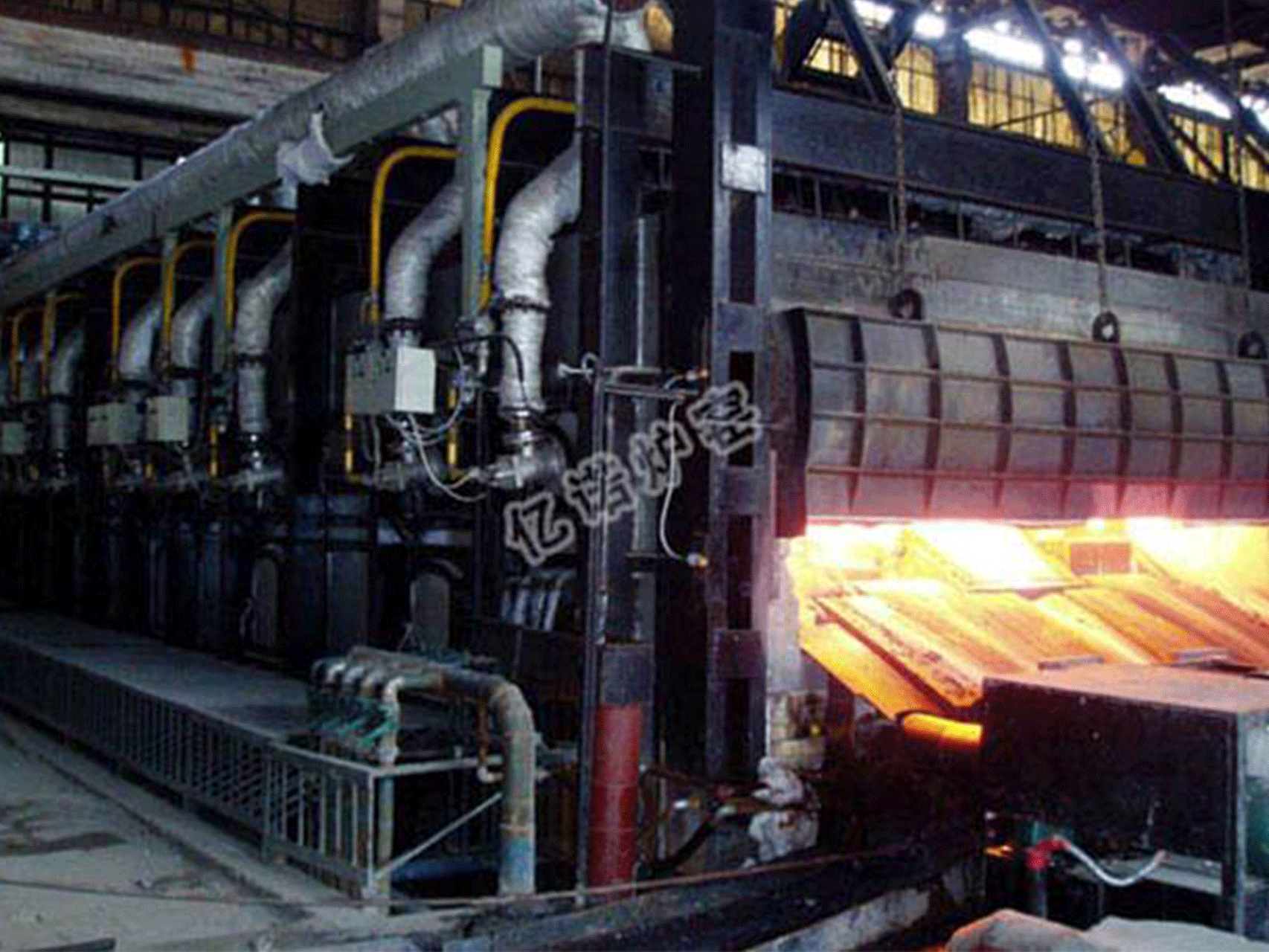Rolling furnaces, also known as rolling mills, are industrial furnaces used in the metalworking industry to heat and process metal products through a series of rolling processes. The furnace is typically designed with a series of rollers that apply pressure and shape the metal as it passes through the furnace chamber.
Rolling furnaces can be used to process a variety of metal products, including steel, aluminum, copper, and other alloys. The furnace is heated using natural gas, propane, or electricity, and the temperature inside the furnace is carefully controlled using a variety of sensors and control systems.
Overall, rolling furnaces are an important part of the metalworking industry and are used to produce a wide range of metal products used in various applications. The design and configuration of the furnace depending on the specific application and the type of metal being processed.
Working principle: Rolling Furnaces
The working principle of a rolling furnace involves heating the metal product to a specific temperature and then passing it through a series of rollers that apply pressure and shape the metal to the desired dimensions. The furnace is typically heated using natural gas, propane, or electricity, and the temperature inside the furnace is carefully controlled using a variety of sensors and control systems.
The metal product is first heated to a specific temperature, depending on the type of metal and the specific application. The temperature is carefully controlled using temperature sensors and control systems to ensure that the metal is heated to the correct temperature. Once the metal product has reached the desired temperature, it is fed into the rolling mill, where a series of rollers apply pressure and shape the metal to the desired dimensions. The rollers are typically arranged in pairs, with each pair of rollers applying pressure to the metal from opposite directions.
As the metal product passes through the rolling mill, it is gradually shaped into the desired form. The rollers can be adjusted to apply varying amounts of pressure, allowing for precise control over the shape and dimensions of the metal product. Once the metal product has passed through the rolling mill, it may undergo additional processing steps, such as cutting, coiling, or annealing, before being packaged and shipped to customers
The Characteristics
Some characteristics of rolling furnaces include:
- High throughput: Rolling furnaces can process large quantities of metal products at a high rate, making them suitable for large-scale production.
- Precise temperature control: Rolling furnaces are equipped with advanced temperature control systems that allow for precise control of the furnace temperature, ensuring that the metal is heated to the correct temperature for the specific application.
- Versatility: Rolling furnaces can be used to process a wide range of metal products, including steel, aluminum, copper, and other alloys.
- Customizable: Rolling furnaces can be customized to meet the specific needs of a particular application, including the size, shape, and configuration of the furnace.
- Energy-efficient: Rolling furnaces are designed to be energy-efficient, using advanced heating technologies and insulation materials to minimize energy consumption and reduce operating costs.


